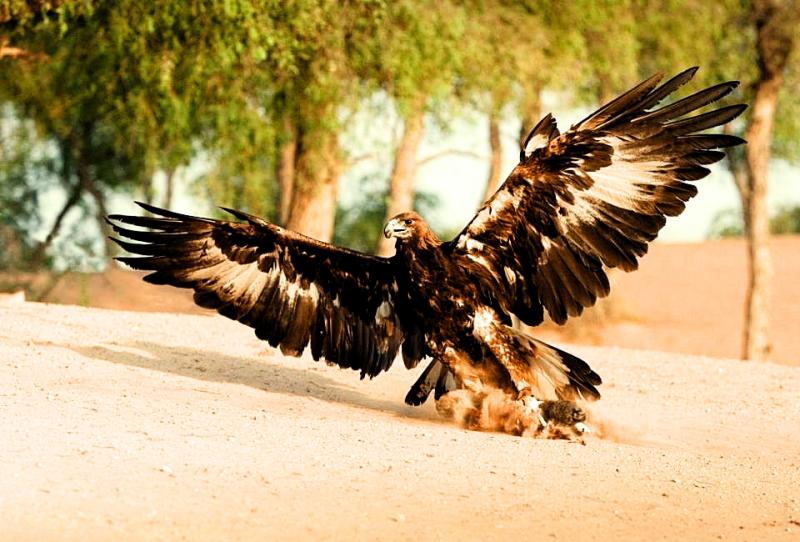
I still recall with nostalgia the good olden days when I was a small kid in a small town called Garba Tula. Situated in the middle of Isiolo County, this little town which was barely an overgrown village was fondly referred to as the Golden Town. We had beautiful flora and fauna and were surrounded by the Kora National Reserve. Do you remember George Adamson, the mzungu who used to keep lions at home? He was the person looking after wildlife at Kora. It was common to hear male lions growling at night and frequently wild animals such as elephants would stray into the town and cause a stir. Unfortunately, most of the wildlife has been pushed out due to human and wildlife conflict, and currently, you will hardly find these beautiful animals.
But one notable visitor to our homestead then was a beautiful falcon that liked to lazily rest on a nearby tree. Once in a while, it snatched little chicks from the hens. But mostly, they just peacefully watched over the area like a watchman. I remember whenever she observed the falcon, my mother used to say, Abshir, meaning be the bearer of glad tidings. Many years later I realised that the word used by my mother was common amongst ancient Somali people. In the Pre-Islamic period, the Cushitic communities including the Oromo and the Somali, had a common religion. In these two communities, God is referred to as Waaq, a cushitic sky God. This religion is sometimes also referred to as Waaqism. But there was also Huur messenger of death symbolised by a large bird. Therefore generally birds were both feared and revered. It, therefore, made much more sense to me when I reflected on the use of the word Abshir. Such birds can scare but sometimes even kill people, especially little kids.